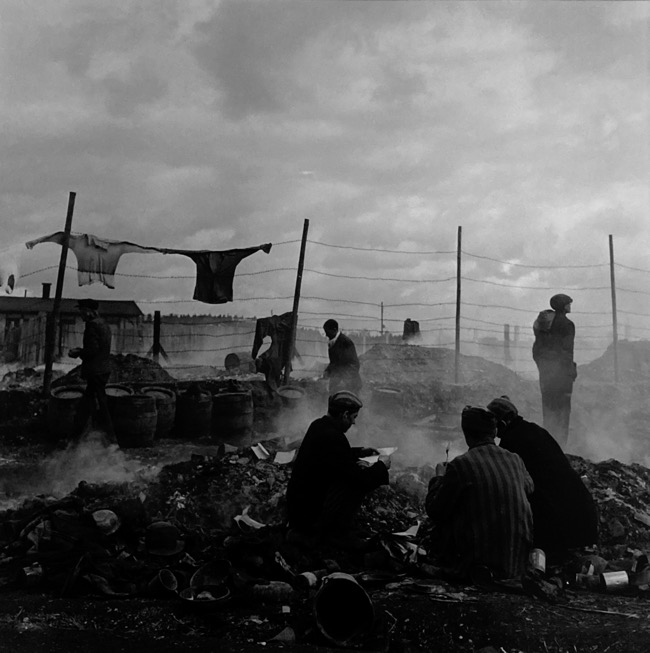Two remarkable women photographers who made history in the world of photojournalism, at the beginning of the 20th Century are featured among the “Women at the Front” presented at FotoMuseum Den Haag. The exhibit is the same that I visited one year ago in Paris and that I reported here, under the title “Exceptional Women”. The two women are Gerda Taro and Lee Miller. Although they came from very different backgrounds and covered different wars, both shared a strong love for photography and a determination to challenge the rules of their time. Gerda Taro was born as Gerta Pohorylle in Germany in 1910. When the Nazis started persecuting Jews in the 1930s, she had to escape to Paris. Her experiences as a Jewish refugee deeply affected her work. She started taking photos in Paris and later went to the front lines of the Spanish Civil War with Robert Capa. Lee Miller, born in the USA in 1907, began her career in front of a camera, as a fashion model in New York. She then went to Paris and became a student of Man Ray, where she learned photography. She later covered World War II. Both of these women, even though they started their careers working with men, made a name for themselves through their photography. Gerda Taro’s life was cut short in 1937 while she was taking photos during the Battle of Brunete. But her legacy lives on through her impactful photographs, which continue to inspire people who want to become photojournalists. Her work, which was often mixed up with Robert Capa’s, is now celebrated for its strong emotions and personal look at the Spanish Civil War. Lee Miller’s career continued after World War II in different directions, but her photos from the war are still what she is best known for. Her pictures, with a honest and clear style, have left a big mark in the world of photojournalism. In the end, both are proof that with a strong dedication to your passion, determination and talent, you can break any barrier, no matter where you come from or what challenges you face. They both made their mark as pioneers in a field that was mostly led by men and remain an inspiration to generations of young women.





